In the upcoming next stage of the Artemis Program, SpaceX is gearing up for a launch slated for 12:57 a.m. EST on Wednesday, February 14th, to send Intuitive Machines’ first lunar lander to the Moon's surface using a Falcon 9 rocket. The action will kick off from Launch Complex 39A at Kennedy Space Center in Florida.
It's a Space Station! Blog
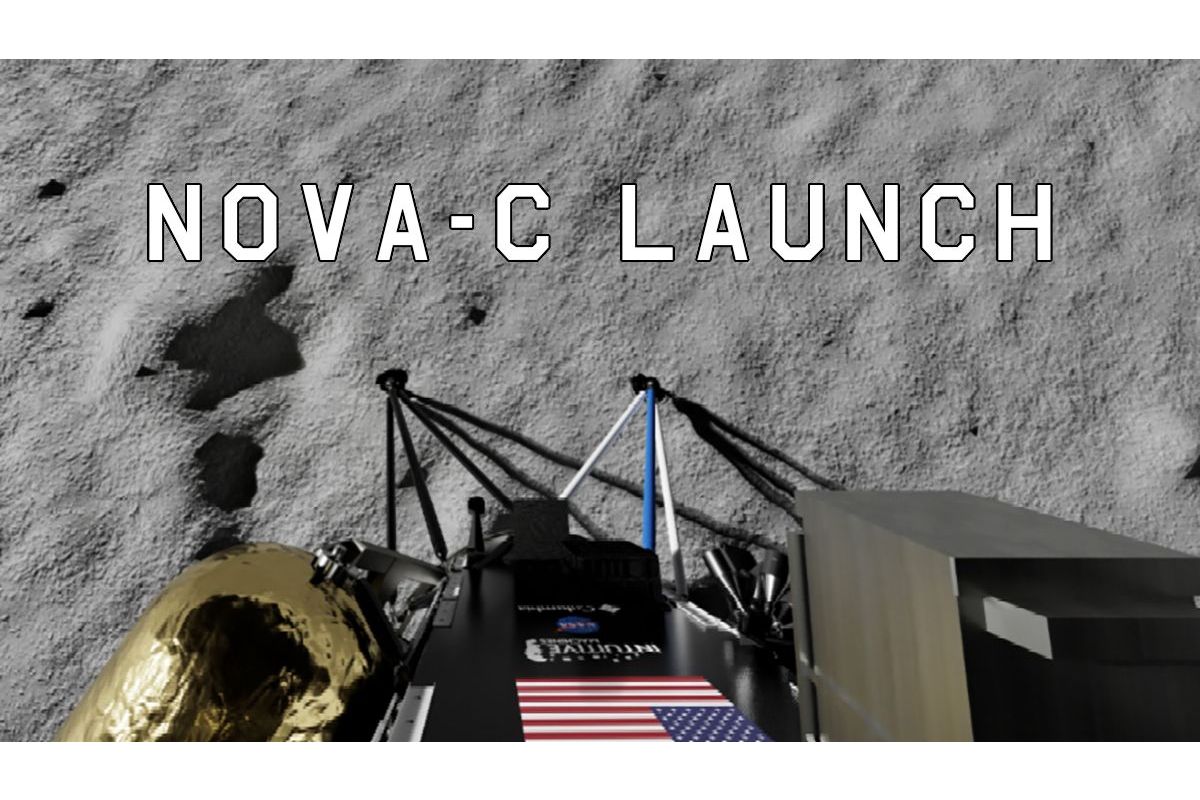
Artemis Program Nova-C Lunar Lander
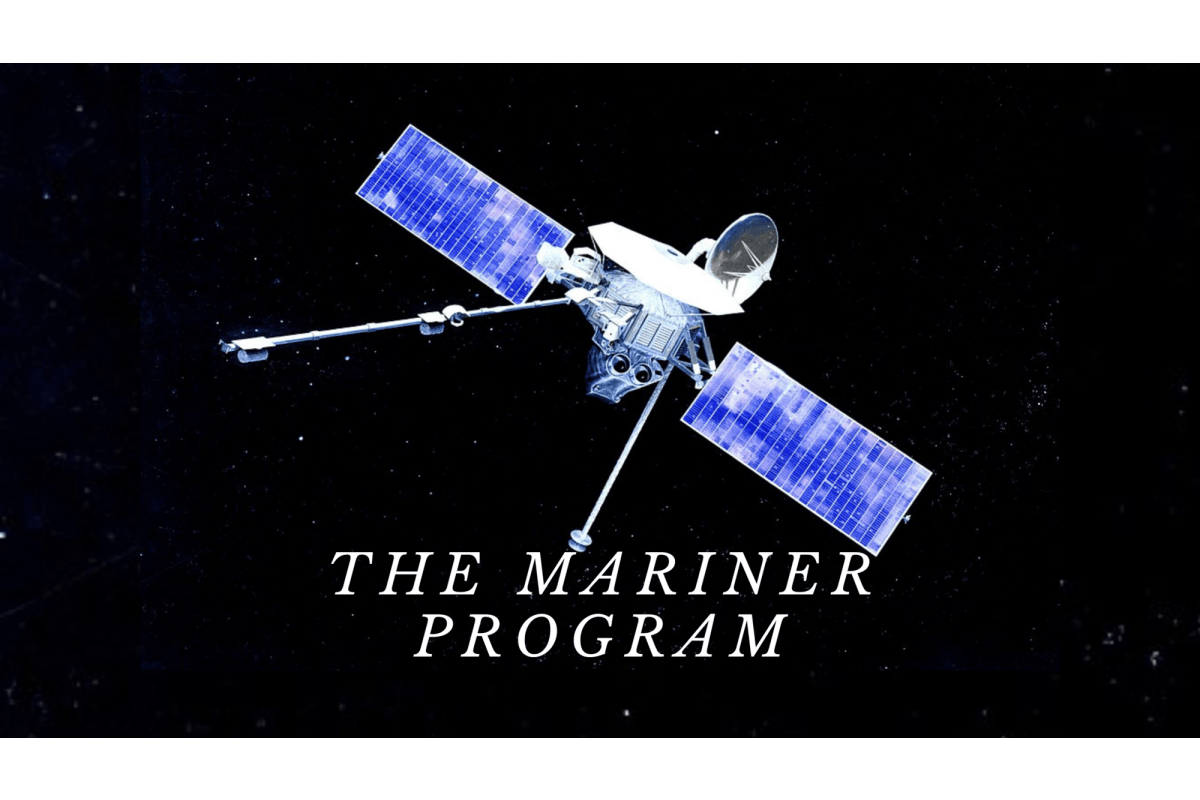
The Mariner Program
The Mariner program was carried out between 1962 and late 1973 by NASA and the Jet Propulsion Laboratory, in which ten interplanetary probes were designed and built to explore the inner Solar System.
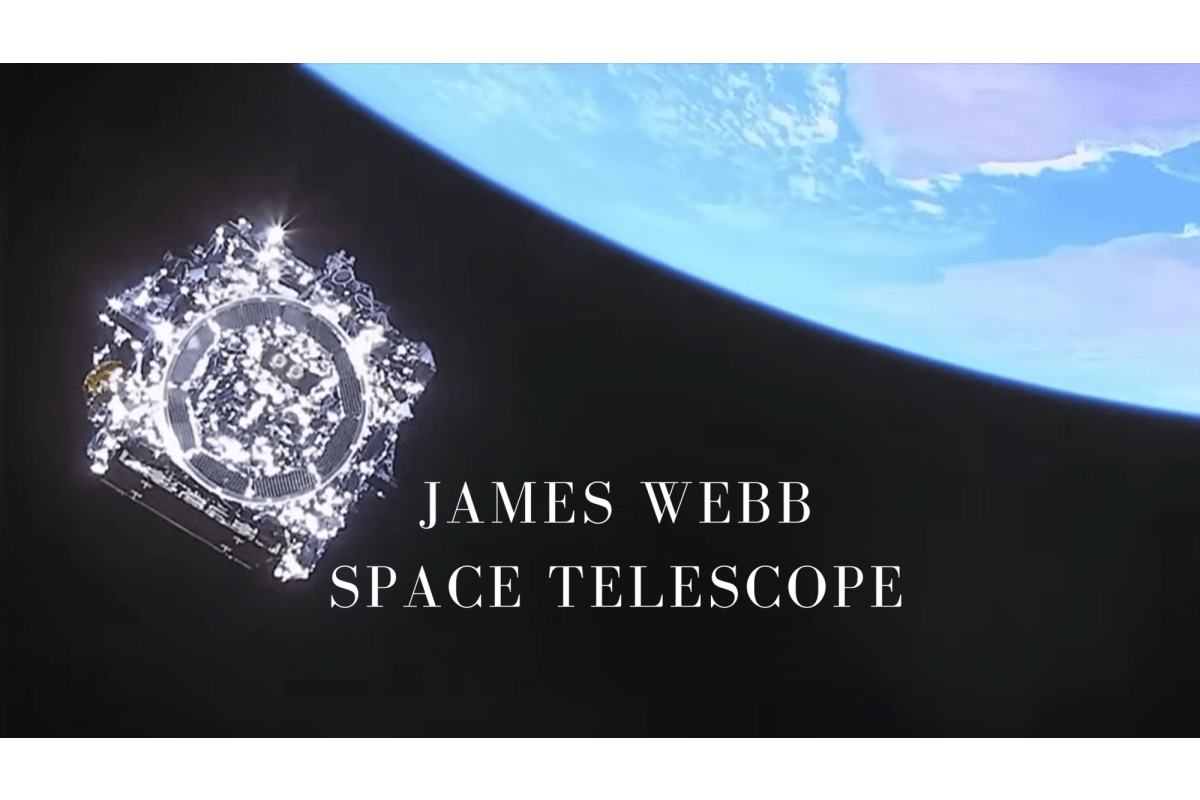
James Webb Space Telescope
The James Webb Space Telescope is the largest optical telescope in space, primarily designed to conduct infrared astronomy. Its high infrared sensitivity and resolution allow it to view objects otherwise unable to be observed.
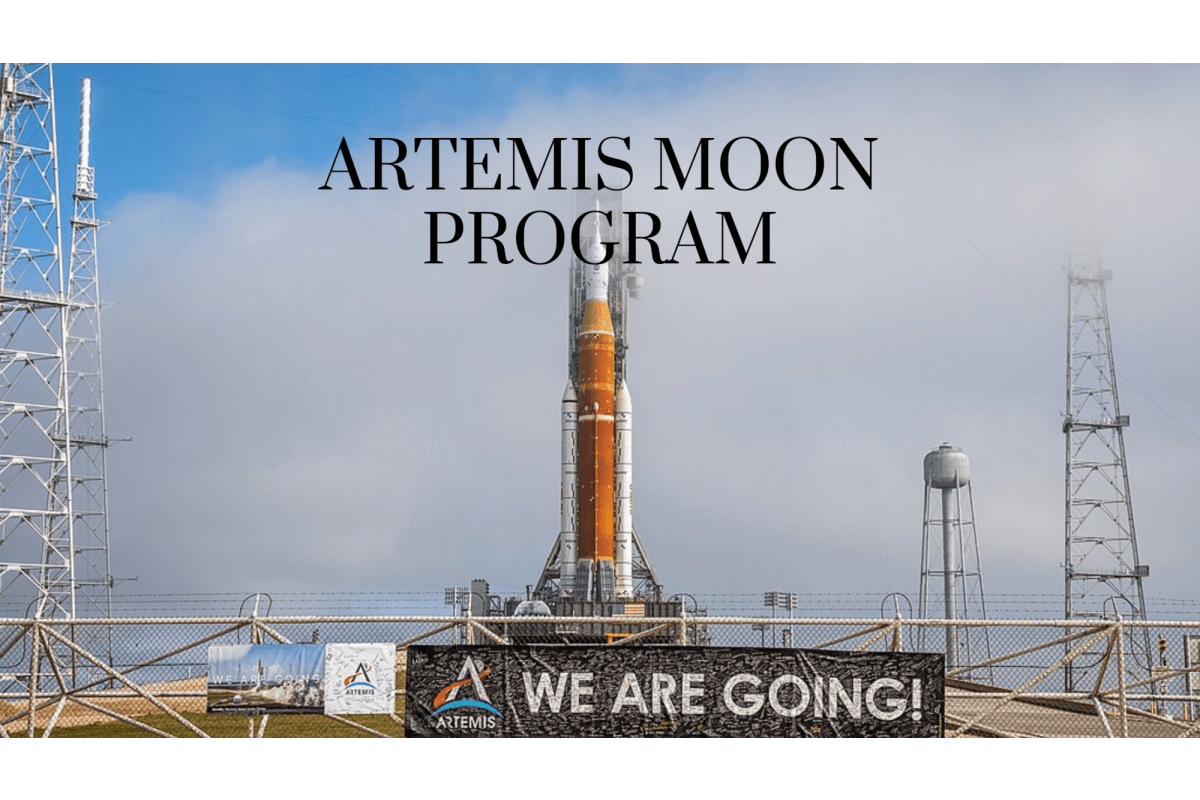
Artemis Moon Program
The Artemis program is a planned NASA-led spaceflight program to explore the Moon, aiming for a touchdown near the lunar south pole by 2024
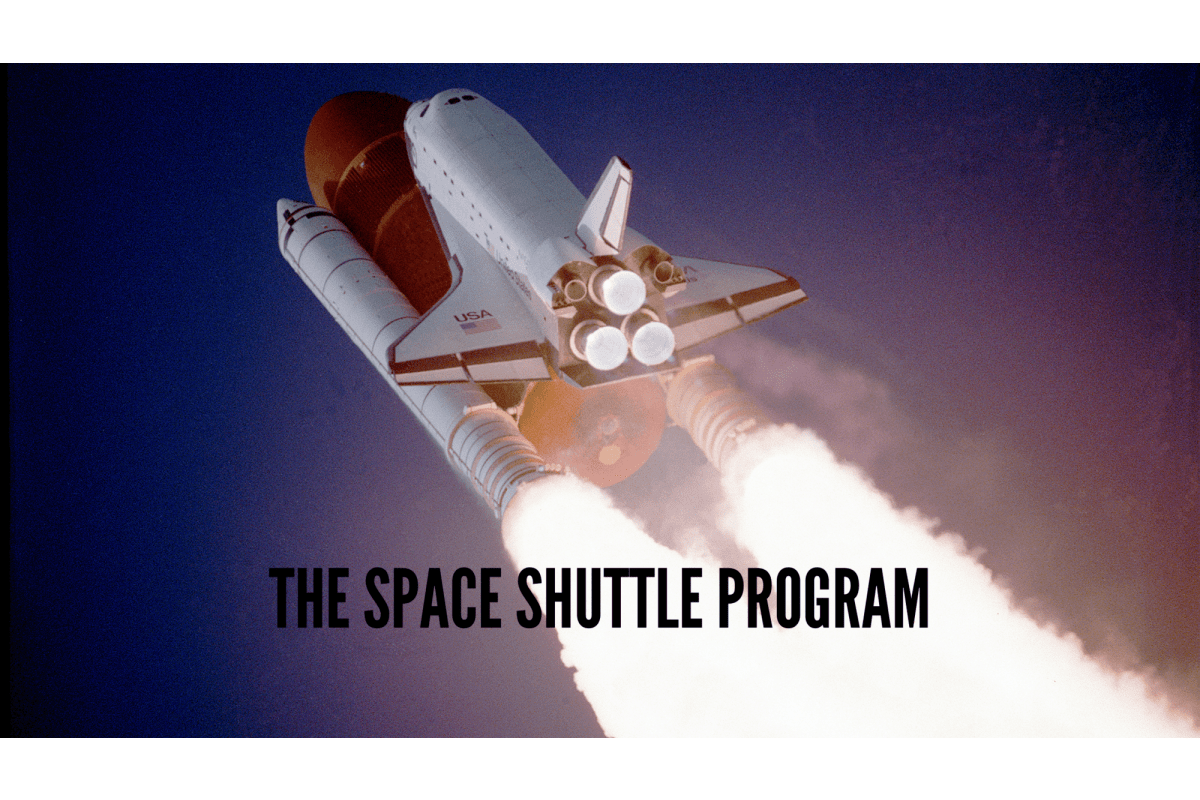
The Space Shuttle Program
NASA's Space Shuttle program was its fourth human spaceflight program, which accomplished routine transportation for Earth-to-orbit crew and cargo from 1981 to 2011. It flew 135 missions that carried 355 astronauts from 16 countries.
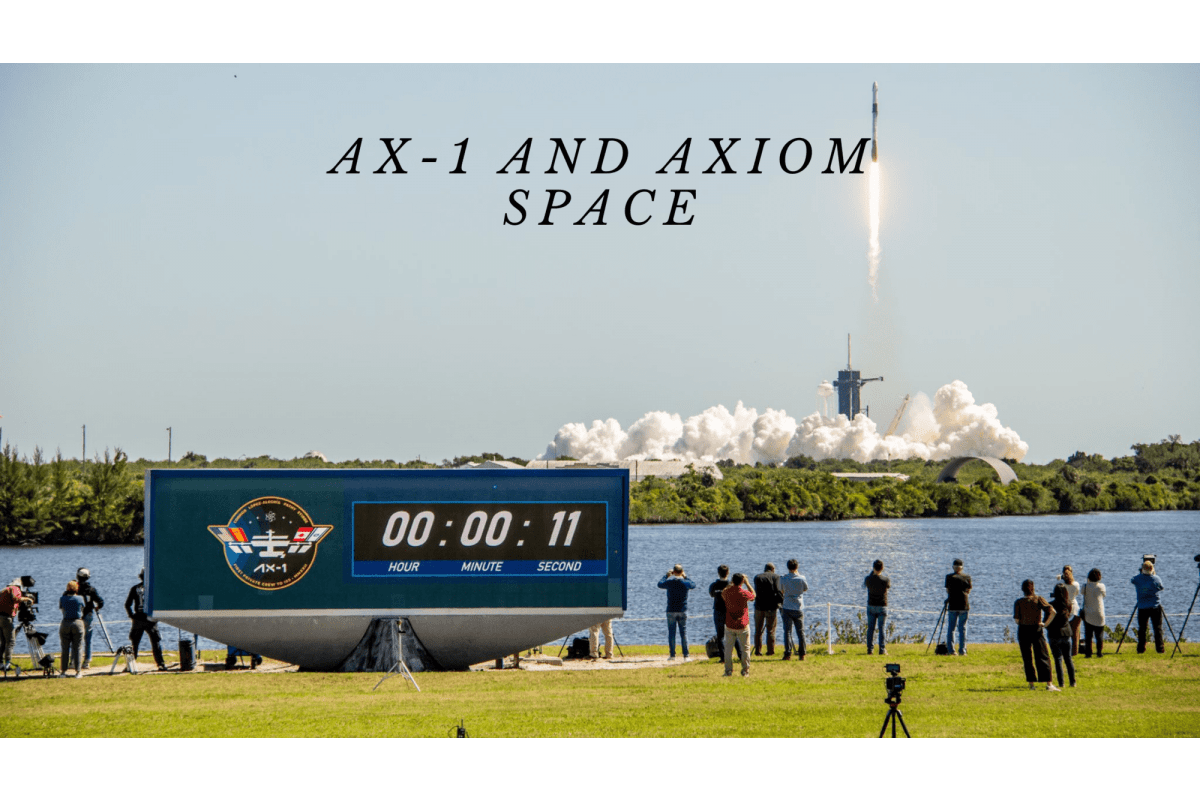
Ax-1 and Axiom Space
Ax-1 launched on a SpaceX Falcon 9 rocket on April 8, 2022, beginning a 10-day journey that includes eight days aboard the ISS, as the first-ever fully private crewed mission to launch to International Space Station.
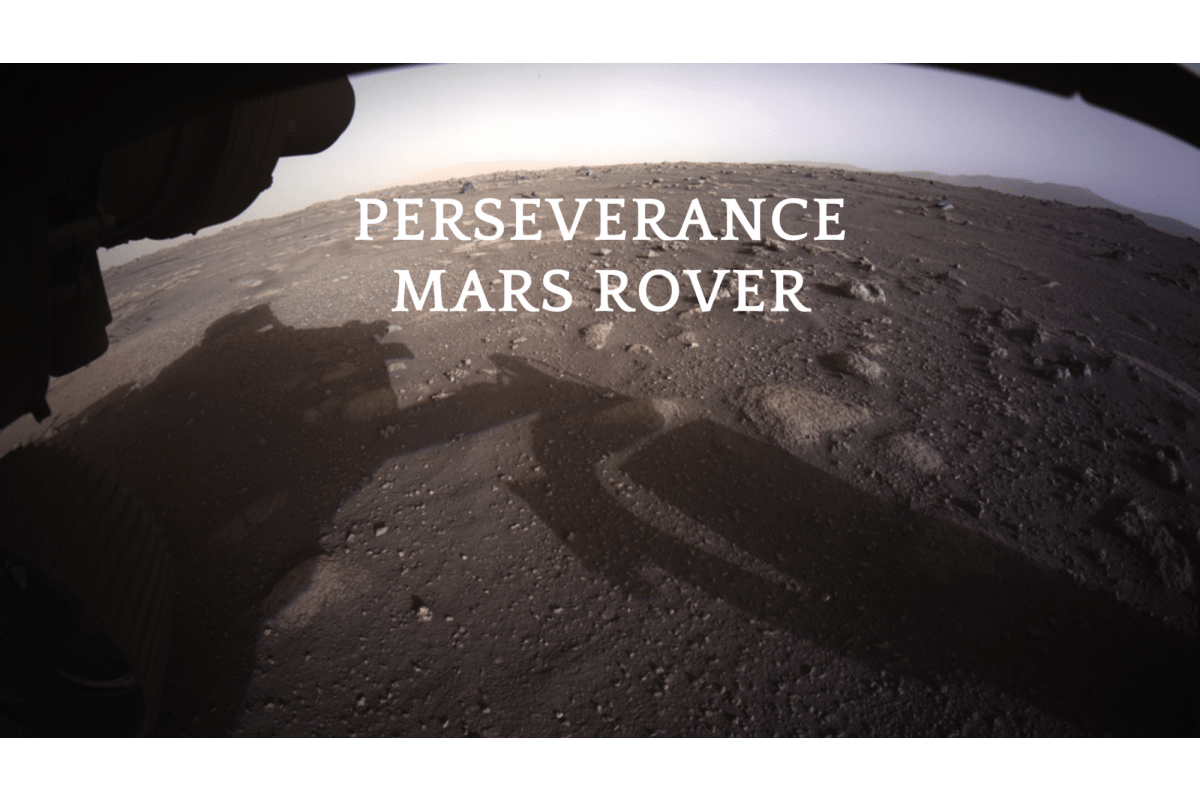
Perseverance Mars Rover
Perseverance is a car-sized rover on Mars that is designed to explore the Jezero crater as part of NASA's Mars 2020 mission, and carried Ingenuity, the mini-helicopter, to Mars as an experimental aircraft.
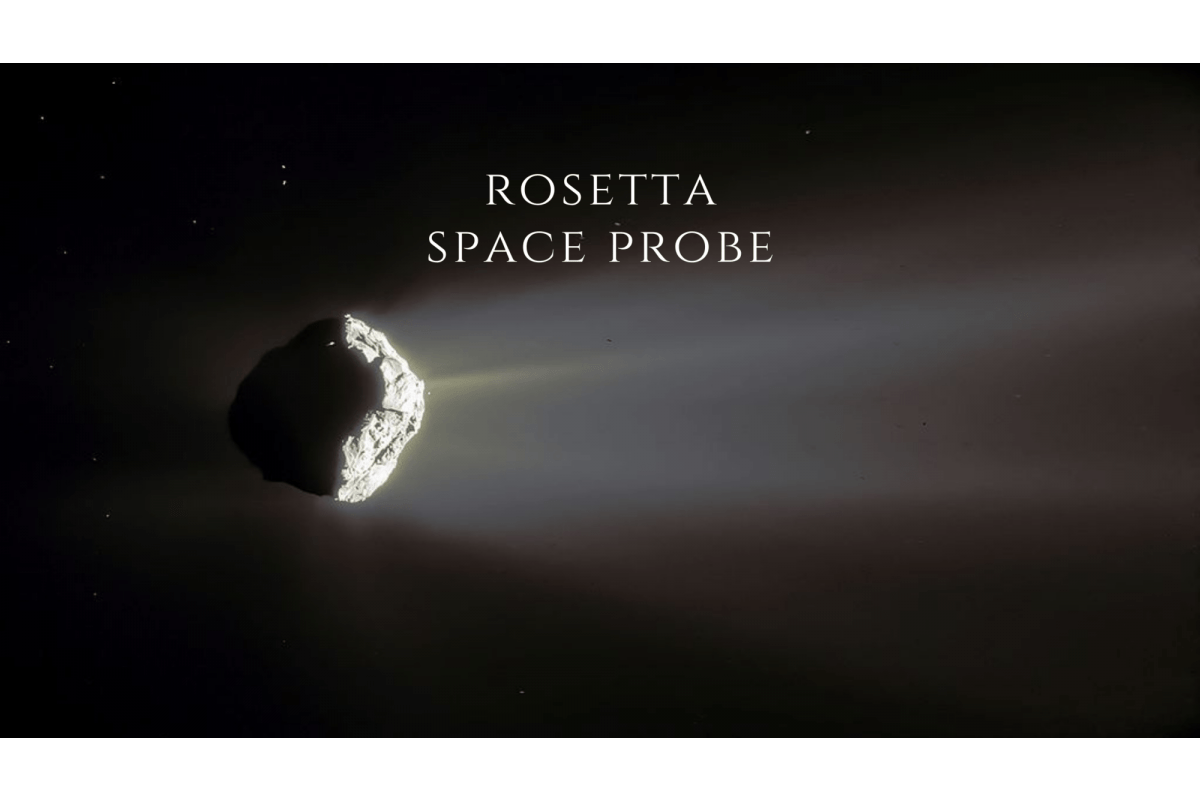
Rosetta Space Probe
Rosetta was a space probe built by the ESA that launched on March 2, 2004, to perform a detailed study of comet 67P/Churyumov–Gerasimenko.
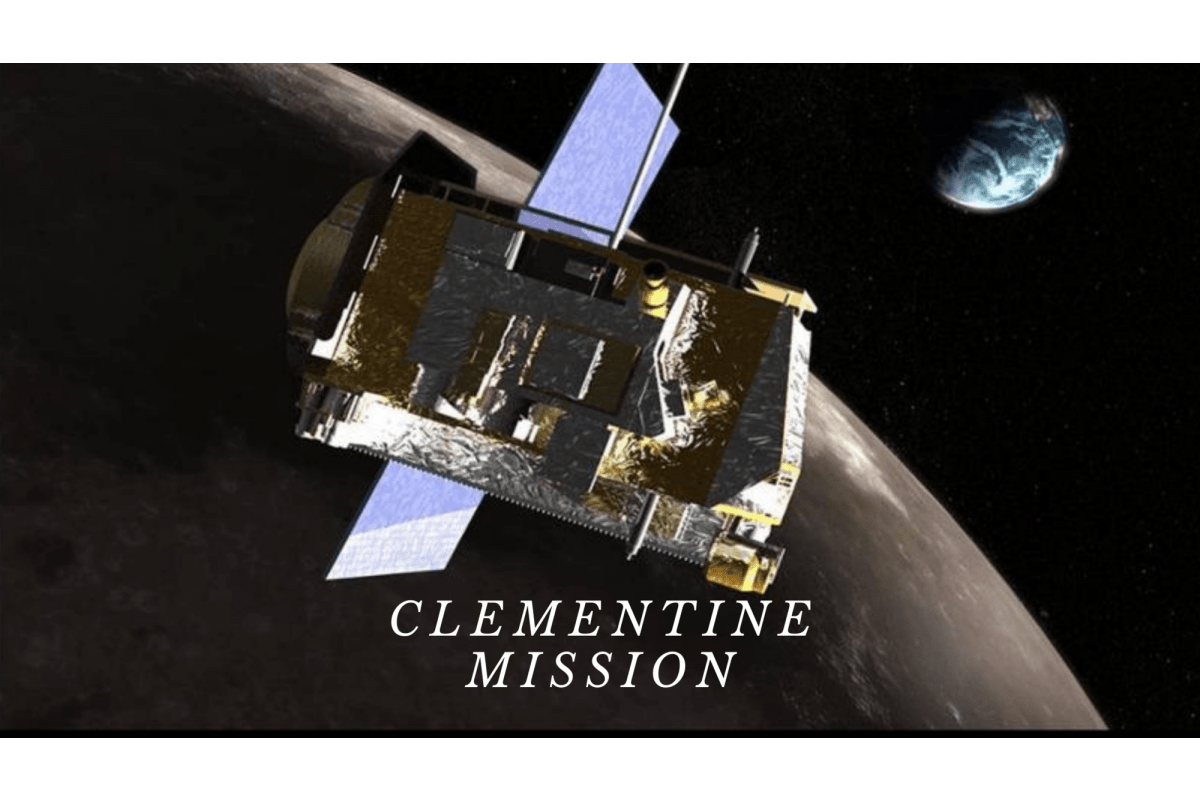
Clementine Mission
Clementine was launched on January 25, 1994, with the objective of testing sensors and spacecraft components in long-term exposure to space and making scientific observations of the Moon and the near-Earth asteroid 1620 Geographos.
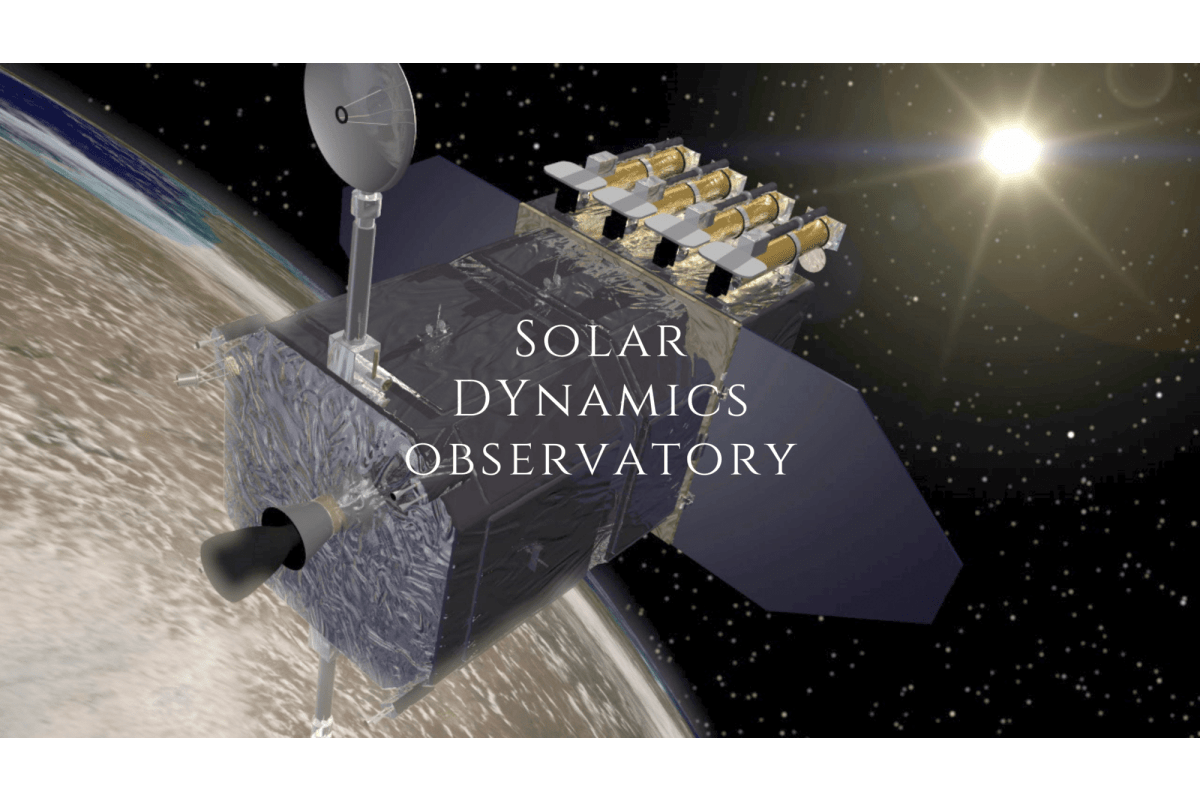
Solar Dynamics Observatory
The Solar Dynamics Observatory (SDO) NASA mission was developed to observe the Sun and enhance our understanding of our Solar System's star.
